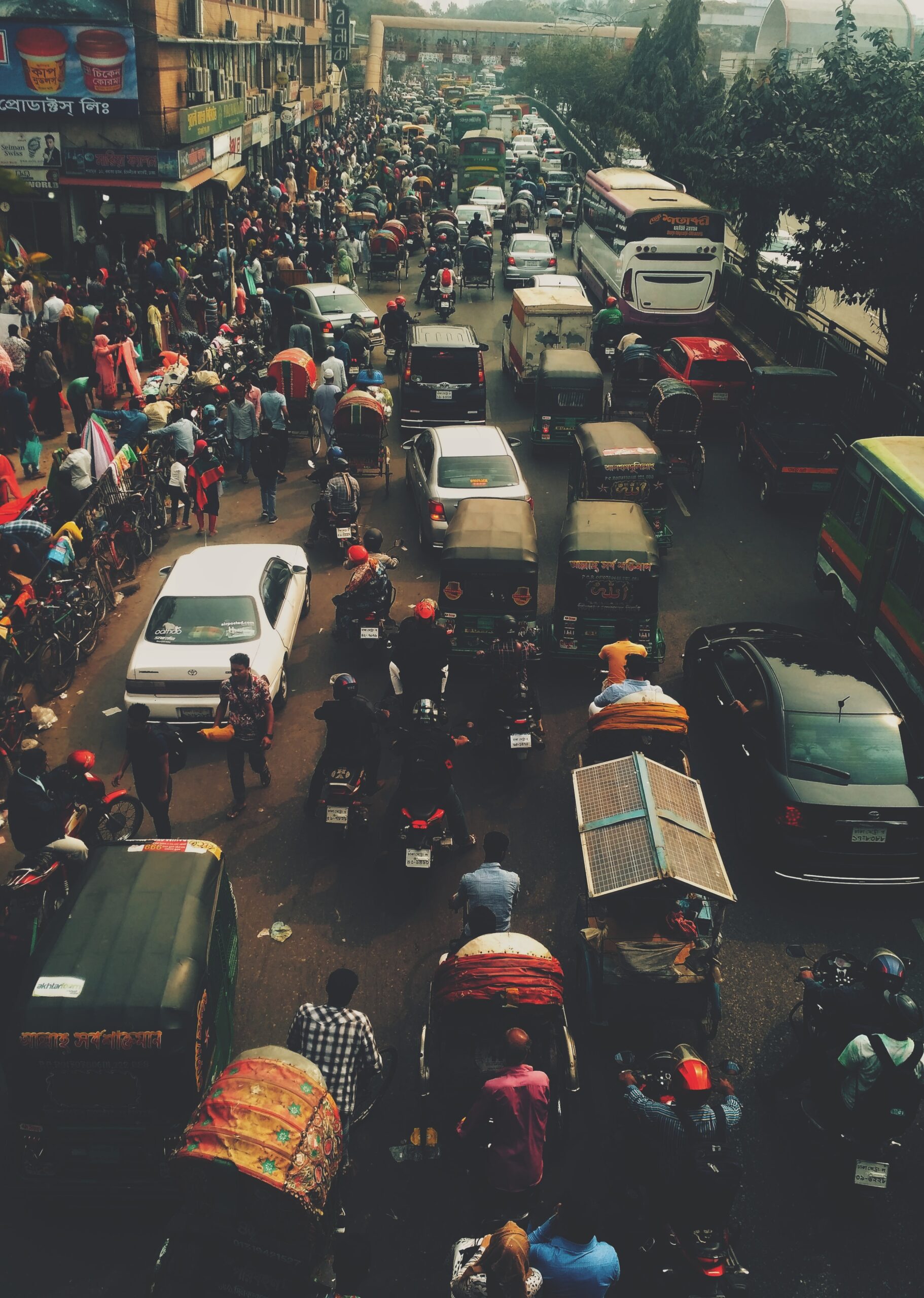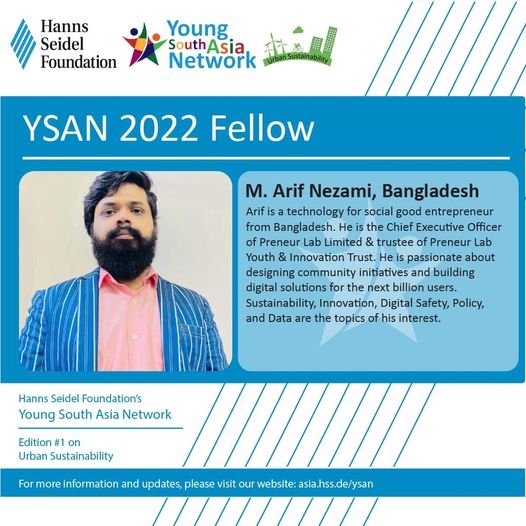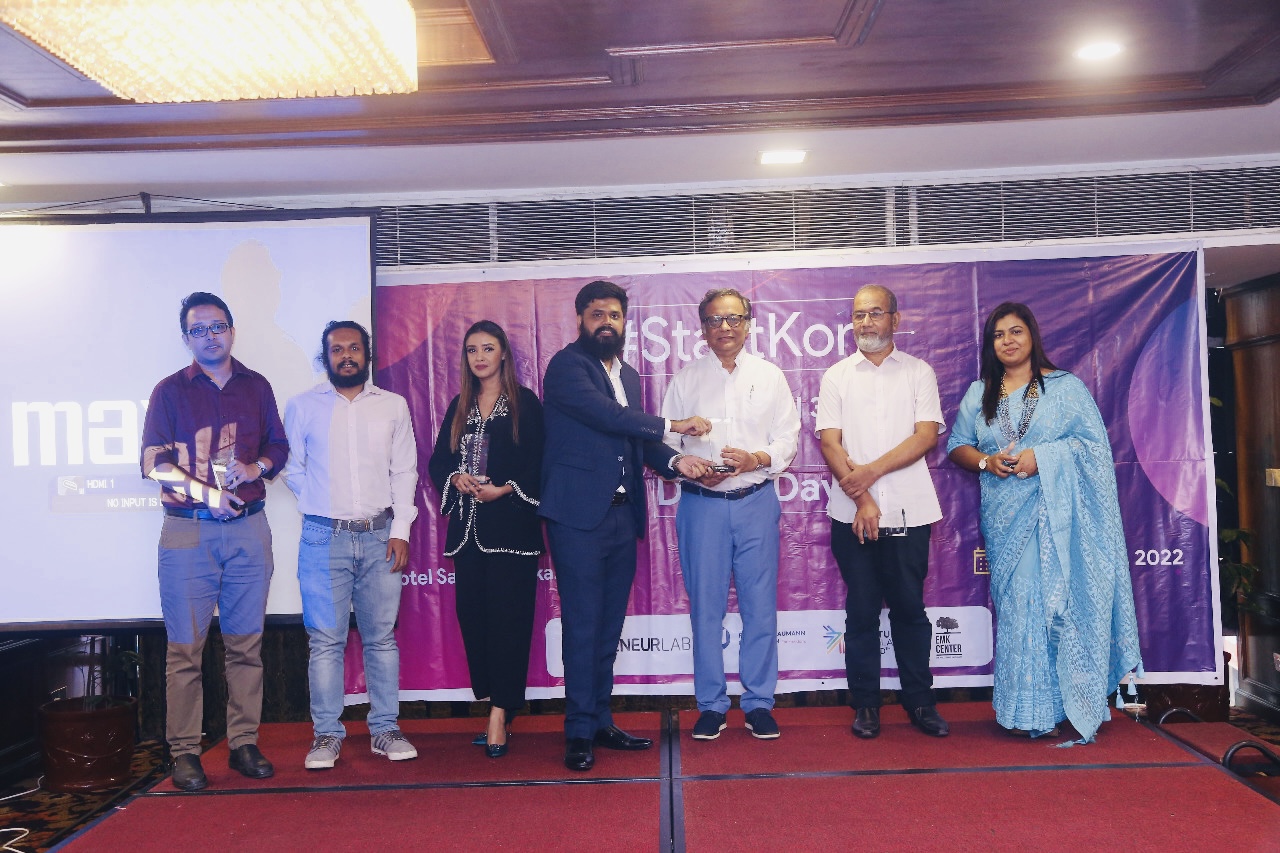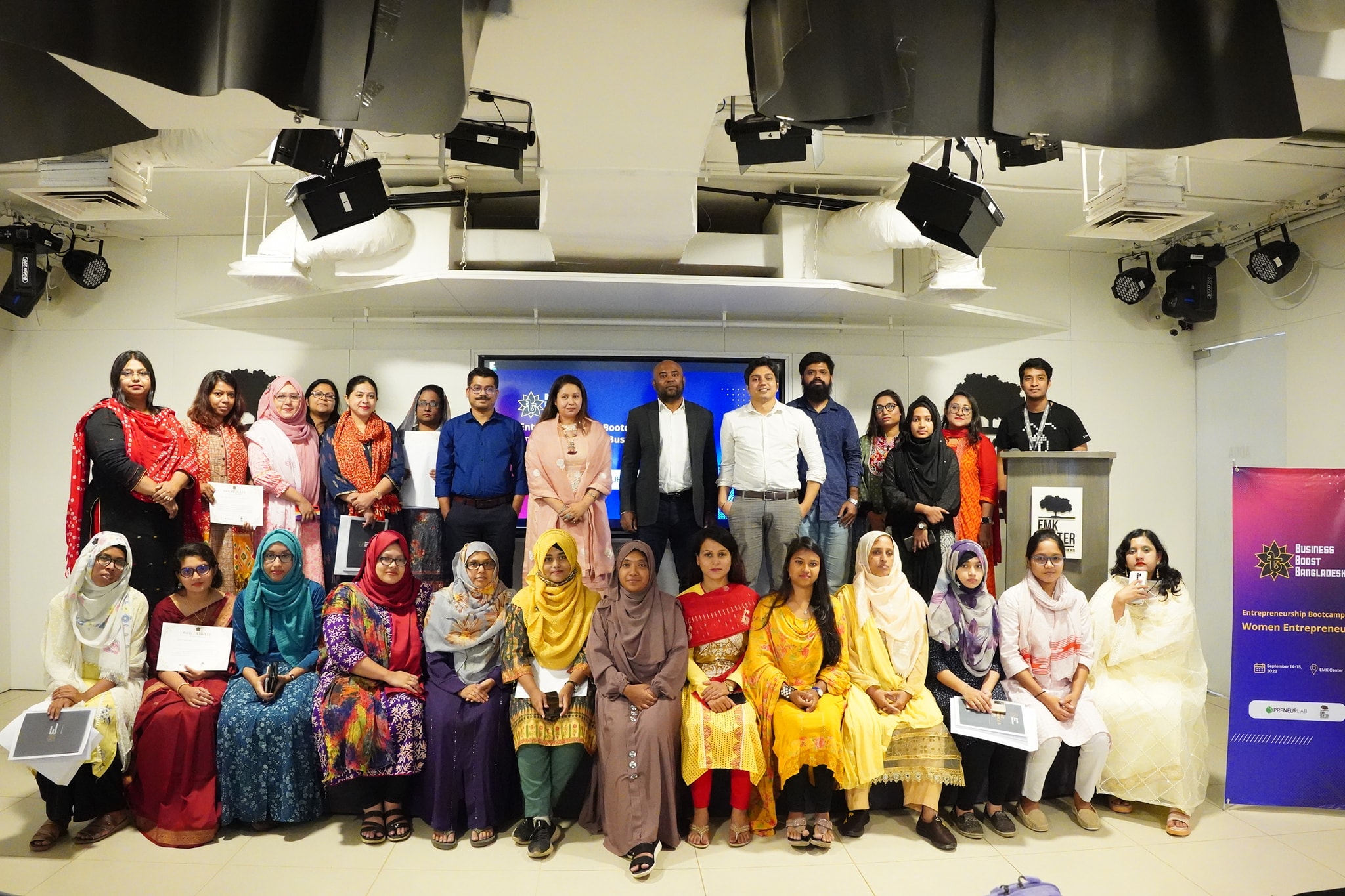Dhaka, Bangladesh’s largest and most vulnerable city, has experienced tremendous environmental & sustainability stress in recent years. It is home to 20 million people which makes it one of the most populated in the world. Dhaka has lost extensive natural resources in the process of urbanization and is becoming a city of mess day by day. The urban poor is particularly exposed to the effects of climate change because of the fragility of slum and squatter settlement infrastructure and the absence of job stability. Its growing population and inadequate resources have harmed its dwellers’ physical and mental health, increasing the prevalence and variety of infectious diseases, as well as mental health difficulties like depression and anxiety disorders.
‘Paris climate change agreement of 2015 assumed that by 2050, Bangladesh’s annual average temperatures are anticipated to climb by 1.0°C to 1.5°C. According to Germanwatch’s 2021 Global Climate Risk Index (CRI), Bangladesh is the seventh most vulnerable country to climate change. Due to its disadvantageous geographic location, flat and low-lying topography, high population density, high levels of poverty, reliance on climate-sensitive sectors, particularly agriculture and fisheries, and inefficient institutional aspects, Bangladesh is often mentioned as one of the most affected countries and needs serious innovation to solve its issues.
Preventive Measures against Climate Change
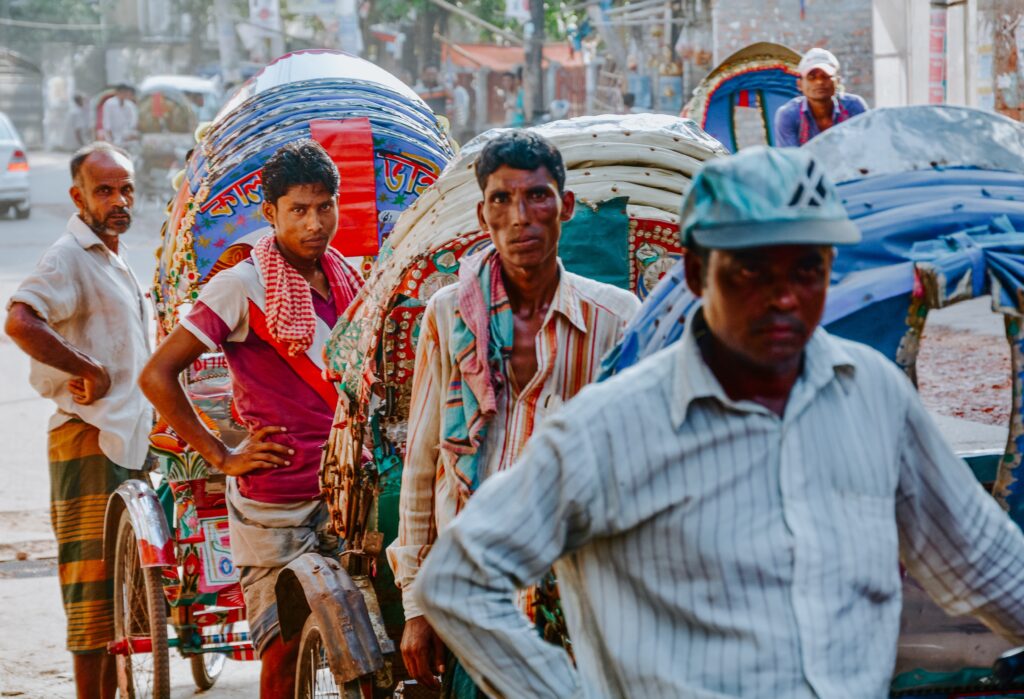
Climate Change Adaptation and Mitigation in Cities: Mitigation and adaptation are two practices that can improve urban climate resilience. To combat global warming, mitigation aims to reduce greenhouse gas emissions, while adaptation focuses on sensitivity to unavoidable risks and attempts to adapt to them.
Sustainable Infrastructure and Mobility: This includes the efforts to assure social, economic, financial, environmental and institutional sustainability by planning, designing, constructing, and operating sustainable infrastructures. We need to ensure sustainable mobility and transportation that is both people- and environment-friendly. Walking, cycling, and green transportation must be brought to light.
Urban Governance and Active Citizen Participation: It is important to realize both citizens’ desire to participate in local administration and their willingness to be involved. The problem, awareness, and prevention process cannot be solely done by one party. So both the urban govt and citizens must work together.
(Plastic) Waste Management: Despite a ban on polythene since 2002, between July 2019 and February 2021, the Department of Environment seized 592.223 metric tons of polythene. Waste management and plastic use reduction should be switched from a linear to a circular economy. This will also create new and innovative business models as well as new job sectors.
Reduction of carbon dioxide emissions: UNEP has presented a six-sector approach that could reduce carbon dioxide emissions by 29–32 gigatons by 2030, allowing the world to stay inside the 1.5°C limits. Energy, industry, agriculture, food, forests and land use, transportation, and buildings and cities are the six sectors that have been defined.
